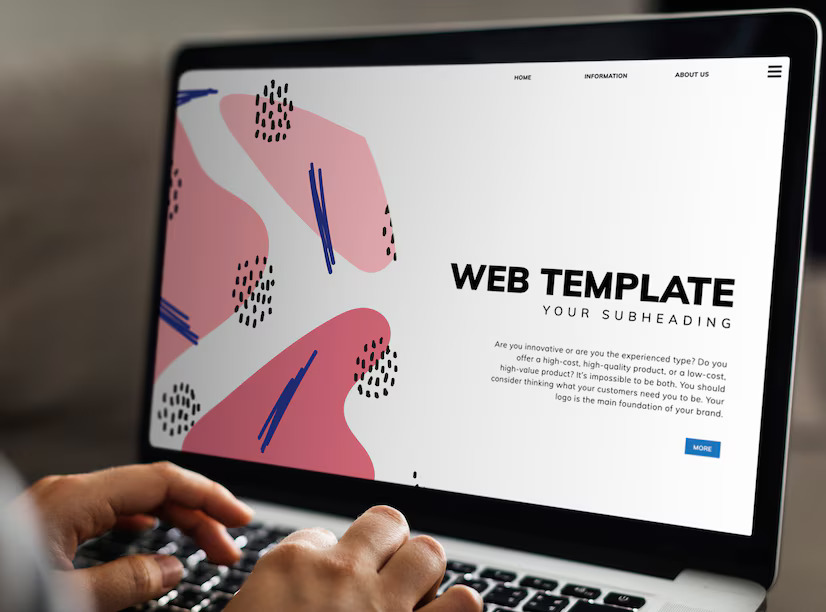
What is Post Layout Review? Understanding the Essentials
Post Layout Review (PLR) is a crucial step in the content production process. It involves reviewing the visual, structural, and linguistic elements of your content after it has been designed and formatted to ensure it is error-free and professionally presented.
Whether you're working with formatted documents, web designs, e-learning modules, or published materials, post layout review is essential. It catches errors, improves readability, and ensures a polished, professional appearance. At PoliLingua, we specialize in top-tier PLR services, leveraging our experience and skilled team of linguists to deliver high-quality results. Discover in this blog why PLR services are important and how we can enhance your content's effectiveness and appeal, ensuring it communicates your intended message with precision and clarity.
What is Post Layout Review?
Post Layout Review (PLR), also known as Post Layout Linguistic Proofreading (PLLP), is a meticulous evaluation of the visual, structural, and linguistic elements of content after it has been designed and formatted. This process is conducted after Desktop Publishing (DTP) services to ensure that the content is visually appealing, readable, error-free, and effectively communicates the intended message. Since DTP professionals focus on design and layout and are not localization specialists or linguists, mistakes can occur. Therefore, the linguistic review is essential to ensure the highest quality of the published material.
Why Does Post Layout Review Matter?
After a document undergoes desktop publishing (DTP), it often requires careful examination to catch any errors that may have been introduced during this phase. This review is particularly important because it ensures that no omissions, misspellings, or linguistic mistakes remain in the final product. This includes checking for any text overflow, awkward line breaks, or other issues that could arise from adjustments in the layout due to translation. These adjustments are necessary because the translated text may expand or contract, potentially altering the layout and affecting readability and visual appeal.
The significance of the post-layout review process is reflected in its impact on the document’s capacity to effectively convey its message to the intended audience. A thoroughly reviewed document maintains a professional appearance and ensures readability, which enhances accessibility and comprehension. Meticulous attention to detail during the PLLP is critical for preserving the integrity of the original document while adapting it culturally and linguistically for new audiences, thereby supporting the document’s overall effectiveness in achieving its intended purpose.
Common Layout Mistakes
Here are several typical errors that occur during the layout phase, often requiring careful attention during post-layout review:
- Inconsistent Formatting: This occurs when there is no uniform application of font styles, sizes, and colors throughout the document, leading to a disjointed appearance.
- Poor Alignment and Spacing: Mistakes in alignment refer to text or graphics that are not properly lined up along a common axis. Incorrect spacing involves uneven gaps between elements, making the layout look disorganized.
- Overcrowding: This happens when too much text or too many graphics are packed into a limited space, leaving little or no white space for visual relief.
- Inadequate Hierarchical Structuring: This mistake is made when the document lacks clearly defined levels of headings and subheadings that organize content into a logical structure.
- Poor Readability: This involves choosing fonts, sizes, or colors that are hard to read, such as light gray text on a white background or overly decorative fonts in body text.
- Text Overflow: This occurs when text exceeds the space allocated to it, such as extending beyond the edge of a page or into the margins, often due to not adjusting the layout after translating text into a language that takes up more space.
- Inconsistent or Incorrect Use of Visuals: Errors here include using images or charts that do not align with the content, are of poor quality, or are scaled incorrectly, distorting their appearance.
- Neglecting Cultural Appropriateness: This mistake is made when elements like colors, images, or symbols that are sensitive or inappropriate in certain cultures are used without consideration.
- Right-to-Left Formatting Issues: Translating into RTL languages like Arabic or Hebrew can create layout issues. Proper arrangement on the page becomes difficult if not handled by a native speaker or a specialist familiar with RTL text orientations. This can result in misalignments and a confusing reading flow.
Applications of PLR Services
Post Layout Review is used across various industries to ensure that the final outputs present a polished and professional appearance. Here are more specific applications of PLR services in various domains:
-
Formatted Documents:
In formatted documents, post layout review ensures that all visual elements, such as images, charts, and graphs, are correctly aligned and displayed. It checks for consistency in fonts, headings, and spacing, ensuring that the document is visually appealing and information is presented clearly.
-
Web Design and Development:
In web design, this service is essential to ensure that all elements on a website are properly aligned, responsive, and functional across different devices and browsers. This includes checking for load times, interactive features, and overall user experience.
-
Subtitling:
In subtitling, it checks the final video to ensure subtitles are correctly timed, accurately reflect the spoken dialogue, and are free from spelling or grammatical errors. It also involves making sure that subtitles are placed correctly on the screen without blocking key visual elements and are readable against the video background.
-
E-learning:
For e-learning modules, PLR service involves a comprehensive review of the entire course after it has been assembled. This includes checking the integration of multimedia elements like audio, video, and interactive quizzes.
-
Publishing:
In the publishing industry, post layout review is critical for checking the final layout of printed and digital books, magazines, and newspapers. It ensures that text formatting, image placement, and overall page layout are consistent with publishing standards.
The Process of Post Layout Linguistic Proofreading
The process of post-layout review begins with an initial consultation where project goals and specifications are outlined. Following this, a detailed content analysis is conducted to ensure all elements are accurately placed according to the layout design. Linguists then provide feedback and recommendations to ensure the language and terminology are appropriate and accurate. Desktop publishing (DTP) specialists implement these revisions, adjusting the layout as needed.
The next step involves testing and validation to confirm that the layout functions correctly across different platforms and mediums. After testing, a final review is conducted to ensure all elements meet the set standards. Once approved, post-review monitoring is initiated, where user feedback is collected to assess the layout's effectiveness in real-world scenarios. Based on this feedback, ongoing updates are made to refine and enhance the layout, ensuring it remains effective and up-to-date.
PoliLingua: Professional Post Layout Review
At PoliLingua, we provide Professional Post Layout Review (PLR) services to guarantee top-tier quality in a variety of formats. Our extensive range of services includes document formatting, subtitling, e-learning, web design, and more.
Why Choose Us?
- Extensive Experience: With over 20 years of extensive experience in the industry, we have developed a deep understanding and expertise in handling projects with precision and efficiency.
- Professional Team: Our linguists are experienced professionals, skilled in handling a variety of tasks within the language industry.
- Proven Track Record: We effectively deliver 10 to 15 PLR projects monthly.
- Personalized Service: We tailor our services to meet the specific needs of each client, ensuring optimal results.
- Commitment to Quality: All projects undergo rigorous reviews to guarantee the highest quality outcomes.
Partner with PoliLingua to improve your projects with accuracy and innovative solutions.







